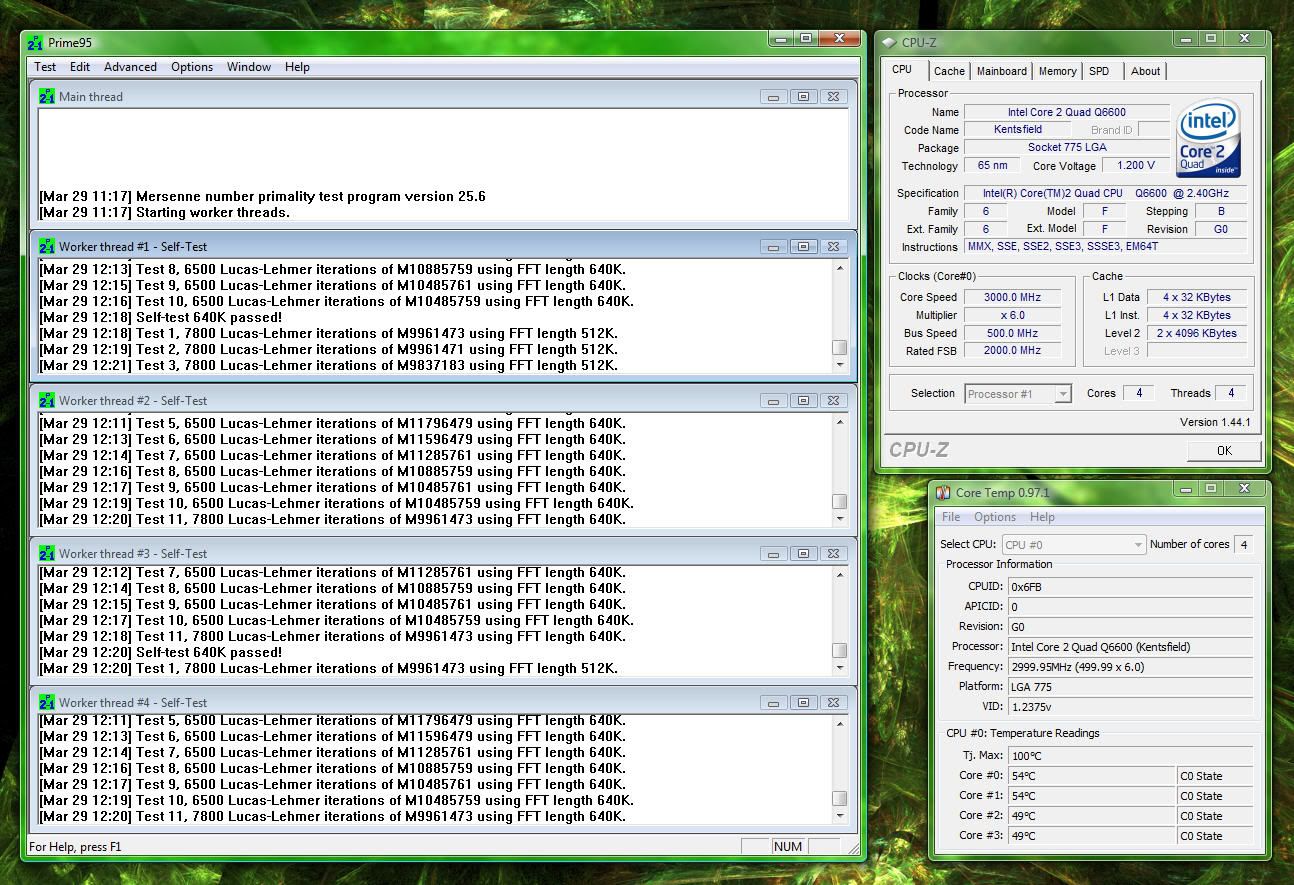Battlestar
Weaksauce
- Joined
- Feb 19, 2008
- Messages
- 71
Hi mate, anyone here teach me the step-by-step guide on how to OC my P5E-VM? Btw here are my specs:
Mobo: Of course Asus P5E-VM
Proc: E2180 stock 2.0Ghz
HSF: Zalman 8700NT
Mems: G.Skill 2 x 2Gb 800Mhz
PSU: Hec WinPower AB 550Watts
BIOS: 0503
Any replies is highly appreciated. Thanks
-Battlestar
Mobo: Of course Asus P5E-VM
Proc: E2180 stock 2.0Ghz
HSF: Zalman 8700NT
Mems: G.Skill 2 x 2Gb 800Mhz
PSU: Hec WinPower AB 550Watts
BIOS: 0503
Any replies is highly appreciated. Thanks
-Battlestar
![[H]ard|Forum](/styles/hardforum/xenforo/logo_dark.png)
